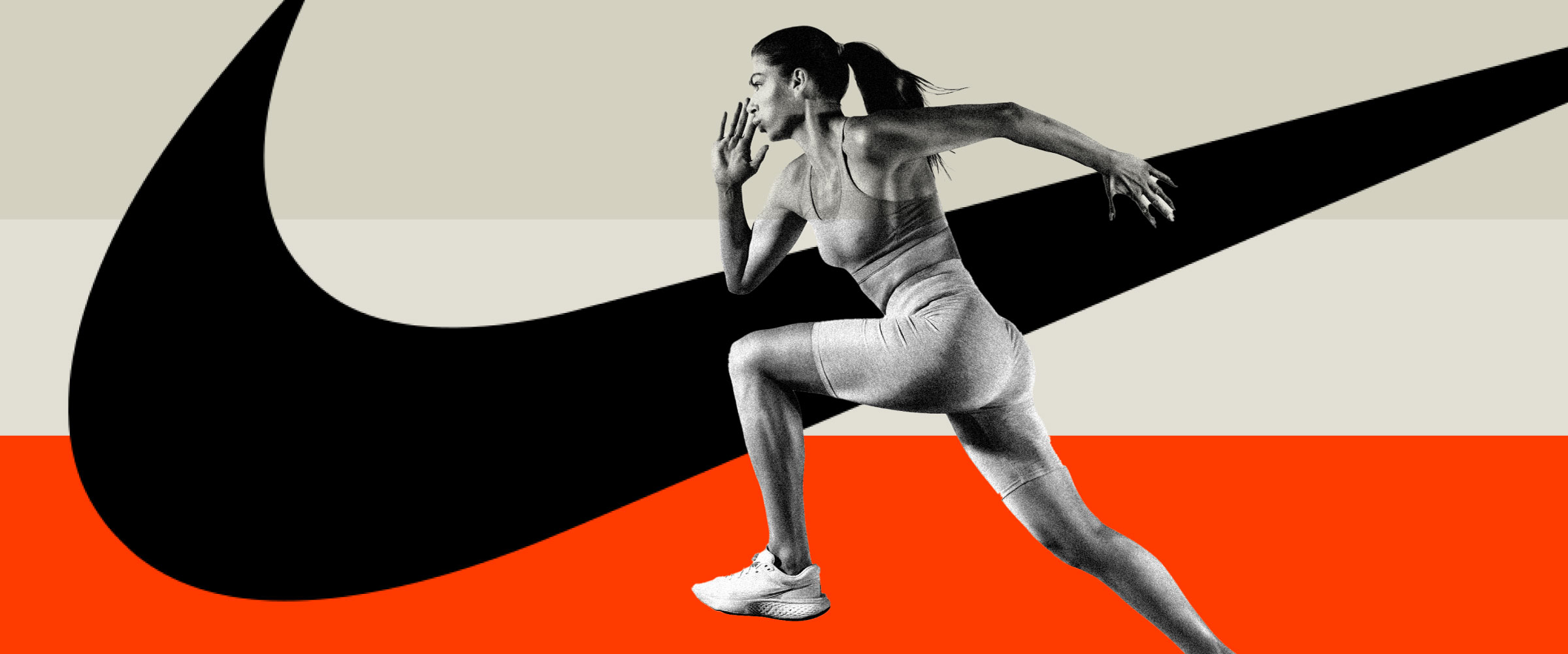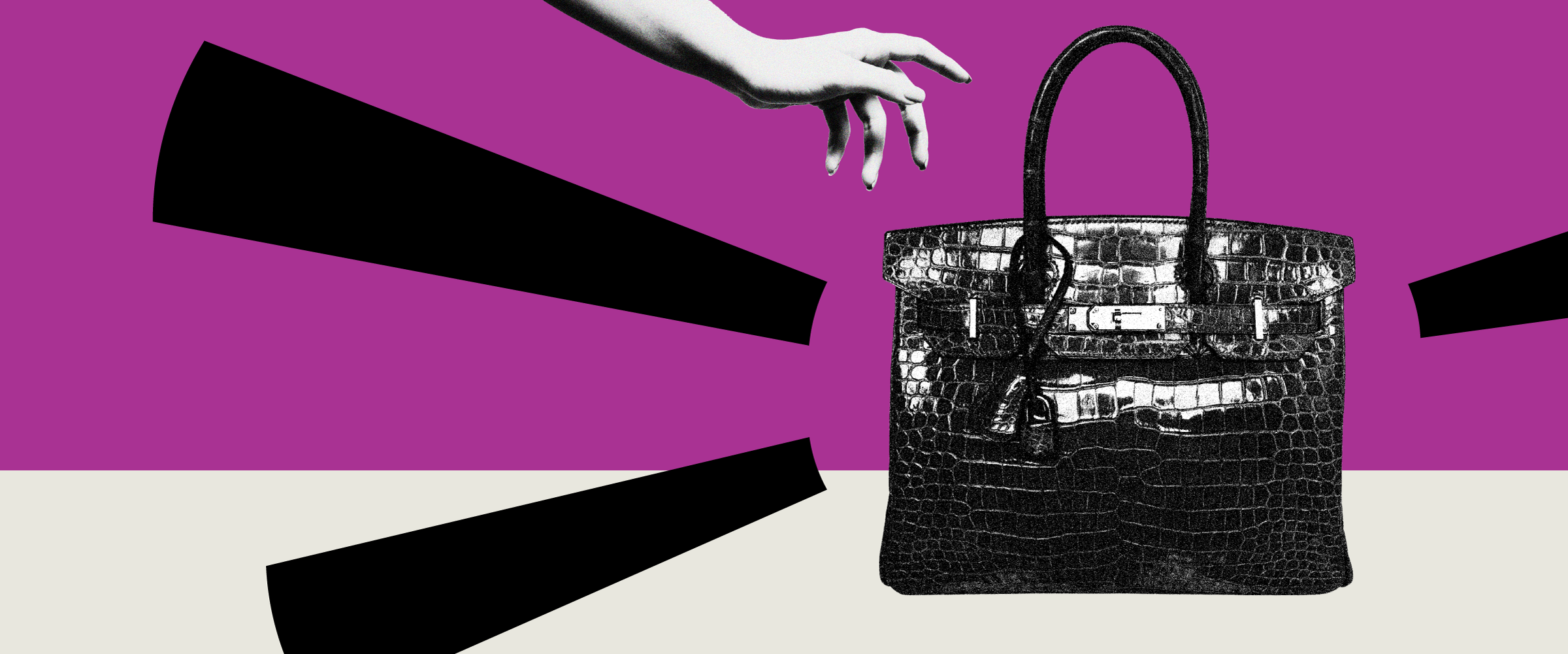
Not out of disengagement. Out of exhaustion. Out of overload. Out of a cultural moment where “pushing through” doesn’t feel like power anymore. It feels like surrender.
And yet the brand’s voice hasn’t changed. The tempo is still up. The language is still aggressive. The model of female empowerment it champions still orbits domination, over your body, your schedule, your obstacles. It’s a voice built for a different era. One where “Just Do It” landed as liberation. But in 2025, for millions of women navigating burnout, mental fatigue, and the invisible labor of modern life, the rallying cry sounds more like a reprimand. Nike didn’t enter this moment. It steamrolled it.
The Playbook Is Strong. But The Timing Is Off.
This isn’t a takedown of Nike’s women’s strategy. In fact, the commitment has been real. The brand has invested meaningfully in product innovation, athlete storytelling, and inclusive design. It was among the first to truly scale the category for women, and its campaigns have celebrated both elite athletes and everyday strength.
Nike believes in its women’s audience. That part is not in question. What is in question is whether belief is enough. Because in brand strategy, tone is everything. And the tone of empowerment in 2025 no longer sounds like a shout. It sounds like a signal of empathy. Of permission. Of restoration.
Burnout Isn’t Episodic Anymore. It’s Structural.
For many women, the last five years have delivered a compounding weight: the pandemic, the care crisis, economic strain, political disillusionment, and a culture of hypervisibility with zero support. Burnout isn’t a blip. It’s the baseline. According to McKinsey, women are significantly more likely than men to experience burnout, with more than 40% of women leaders reporting they are “always or often burned out.” The CDC has linked this to rising mental health struggles, sleep deprivation, and decreased workplace retention. This is no longer a story about tiredness. It’s a story about systemic depletion – and it’s shaping how women view brands, workplaces, and even personal health.
It shows up in workforce exit rates. In health data. In the ambient hum of resignation that runs through everything from group chats to therapy rooms. The brands that win now aren’t the ones offering a pep talk. They’re the ones offering space. Control. Relief. The new cultural entry point isn’t just empowerment. It’s exhale. And that has real implications for tone.
The Strategic Red Flag: Empowerment as Pressure
Nike continues to speak with volume, but the market response is beginning to fade. While the brand has made bold moves in women’s apparel and storytelling, the numbers tell a more complicated story. Nike Women’s wholesale was flat in FY2024 and remains ~21% of wholesale—growth that trails the broader business.
In a moment when women are navigating systemic exhaustion, the emotional tone of Nike’s brand voice may be misaligned with the lived reality of its audience. The campaign headlines say “Win,” “Grind,” “Power Through.” But many of the women Nike hopes to serve are not looking for domination. They’re looking for dignity. Recovery. Permission to slow down. When empowerment becomes another form of pressure, even the most iconic brand can start to sound out of touch.
In a moment when women are navigating systemic exhaustion, the emotional tone of Nike’s brand voice may be misaligned with the lived reality of its audience.
The Cultural Entry Point: Restoration Over Drive
What if Nike entered recovery with the same intensity it entered empowerment? Right now, that’s where the culture is moving. Across fashion, fitness, and wellness, we’re seeing a quiet tonal reset. Less conquest, more care. Less rise-and-grind, more rest-as-resistance.
Lululemon has pivoted its marketing to emphasize longevity and well-being – replacing high-intensity mantras with messaging around balance, strength, and mindful movement. In 2023, the brand launched its “Feel Campaign,” prioritizing emotional connection and body awareness over achievement. Athleta has focused its brand platform on women’s health and holistic wellness, developing community-driven initiatives and quiet power language that feels more attuned to women’s lived experience than to podium finishes. Even upstart brands like Hoka and On are winning not by yelling louder, but by aligning with the emotional reality of the modern athlete: less performative, more internal.
Even non-sportswear brands are entering this CEP: Glossier shifted its tone from glowy hustle to mental health and minimalism. Therabody has reframed recovery from a physical add-on to a primary form of care. And Dove continues to lead with messaging that puts emotional intelligence before performance. Nike has the power to lead that shift. It has the creative muscle. It has the cultural permission. But it will need to stop shouting long enough to hear what its audience actually needs. Because right now, the most radical thing a brand can say to women might not be Do More. It might be You’re already doing enough.
But it will need to stop shouting long enough to hear what its audience actually needs. Because right now, the most radical thing a brand can say to women might not be Do More. It might be You’re already doing enough.
The Strategy Behind the Shift
What this reveals is a deeper truth about branding in 2025: you don’t just win by entering a category. You win by entering a Cultural Category Entry Point – the emotional and behavioral tension that defines why now. Nike entered empowerment. But the CEP it missed was exhaustion. And the risk isn’t theoretical. It’s visible in the data. In lagging sales. In competitor growth. In a cultural climate where the most effective signal isn’t always strength. It’s sensitivity. Brands that understand this don’t stop leading. They just learn to lead with a different kind of power.
Nike won’t be the last brand to miss a CEP. But it could be the first to course-correct. If it listens.



